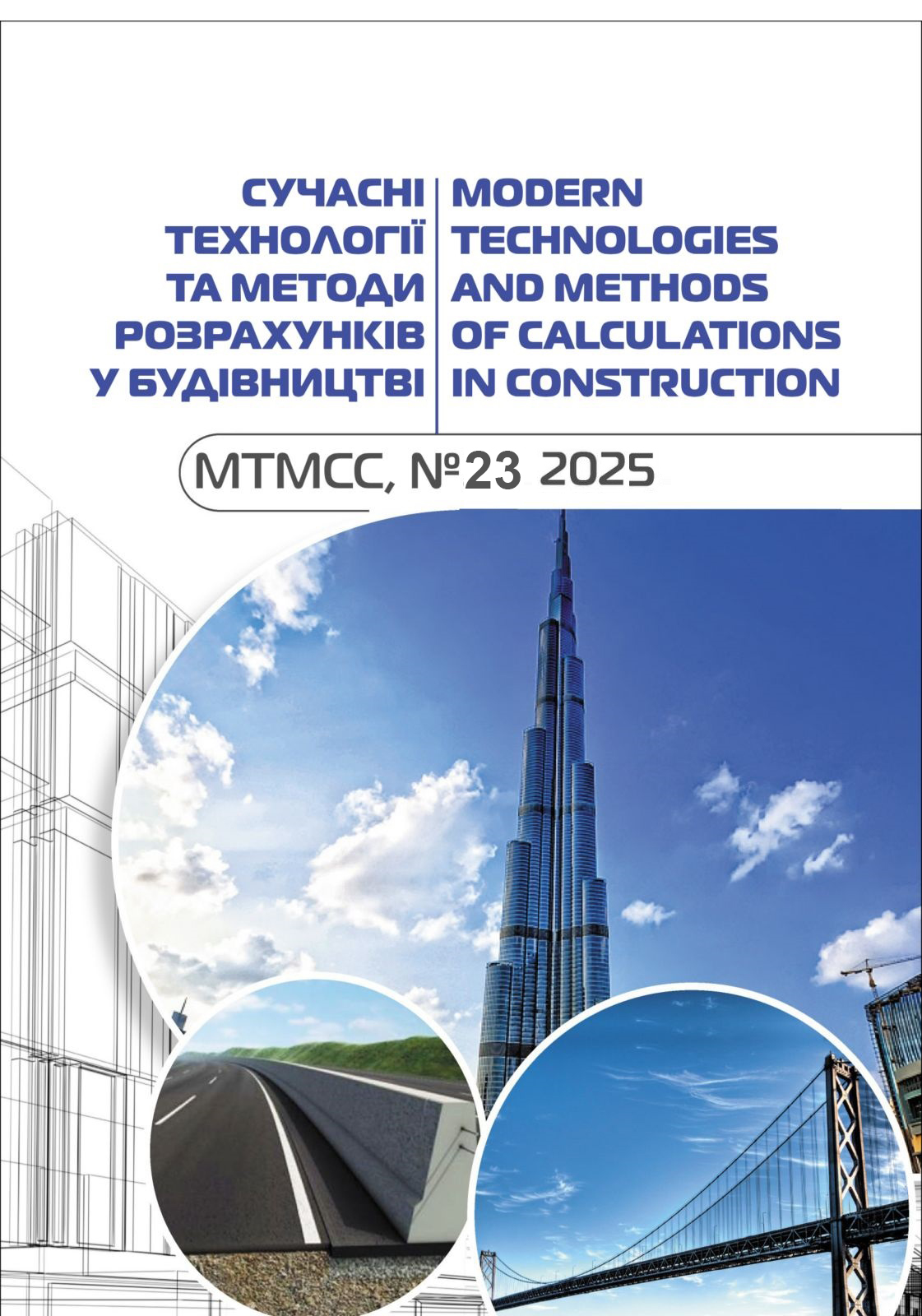Implementation of regulatory, sanitary-technical, and landscape-urban planning measures for the restoration of small rivers in the Zaporizhzhia region
Abstract
The article presents key aspects of the implementation of regulatory, sanitary-technical, and landscape and urban planning measures aimed at the restoration of small rivers of the Zaporizhia region. The importance of a comprehensive approach to the rehabilitation of water bodies is emphasized, which includes the development and implementation of appropriate legal and technical mechanisms, the cleaning of riverbeds and coastal areas, as well as the integration of ecosystems into the urban environment.
To prevent pollution of small river waters of Zaporizhia region by surface runoff, it is necessary to create water protection zones, clearly define and fix coastal protective strips on the ground, install appropriate water protection signs on the territories of the water fund, maintain proper sanitary conditions in these zones, and carry out improvement of coastal areas. Modernizing wastewater systems will help reduce pollution levels from both point and diffuse sources, including surface runoff. Effective solutions are proposed for the improvement of adjacent areas, which include functional zoning, the creation of recreational spaces and increasing the ecological sustainability of river basins. In order to optimize the regulation of water flows, an inventory of hydraulic structures on small rivers should be carried out, their owners identified and the legality of their construction verified. Hydropower plants that do not have an owner should be placed on the balance sheet of local governments.
Special attention is paid to the need to develop the basins of small rivers of the Zaporizhia region and to a comprehensive approach to the restoration of aquatic ecosystems, which includes regulatory, methodological, organizational, engineering, and landscape and urban planning measures. It is noted that the implementation of such measures will contribute to improving the quality of the environment, raising the standard of living of the population, and forming a favorable urban space.








